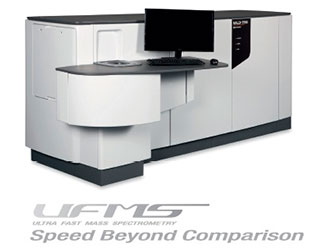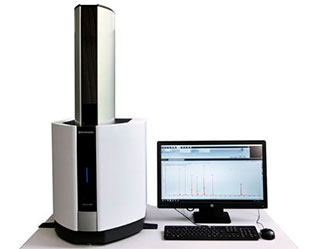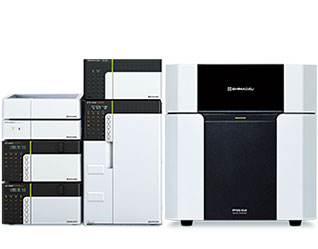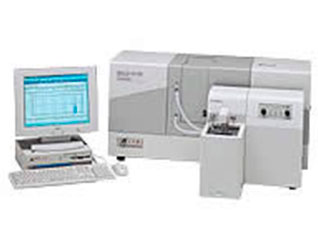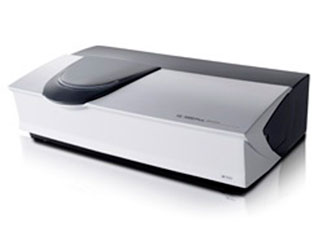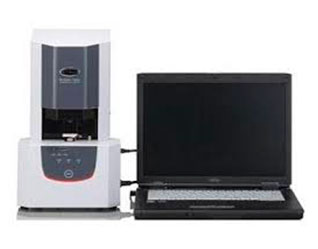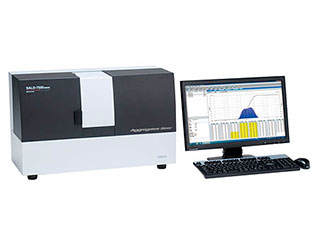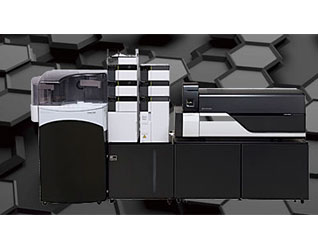Pulse aquí
The IG-1000 Plus Single Nano Particle Size Analyzer: An Instrument That Goes Beyond the Single Nano Region and Enters the Sub Nano Region
This instrument uses the induced grating (IG) method, which is based on a new principle for measuring the size of nanoparticles using the phenomenon of dielectrophoresis and diffracted light.
With dynamic light scattering, the conventional method, the light scattered by particles decreases sharply for particle sizes of less than 100 nm. Furthermore, in the single nano region (i.e., particle sizes of less than 10 nm), there are physical restrictions that make it difficult to detect scattered light, and the measurement of particle sizes also becomes difficult. The IG method does not use scattered light and so it is free from these physical restrictions, and does not require the input of the refractive index as a measurement condition. It therefore allows the size of nanoparticles to be measured simply and with high sensitivity,and is particularly effective in the analysis of single nanoparticles.
